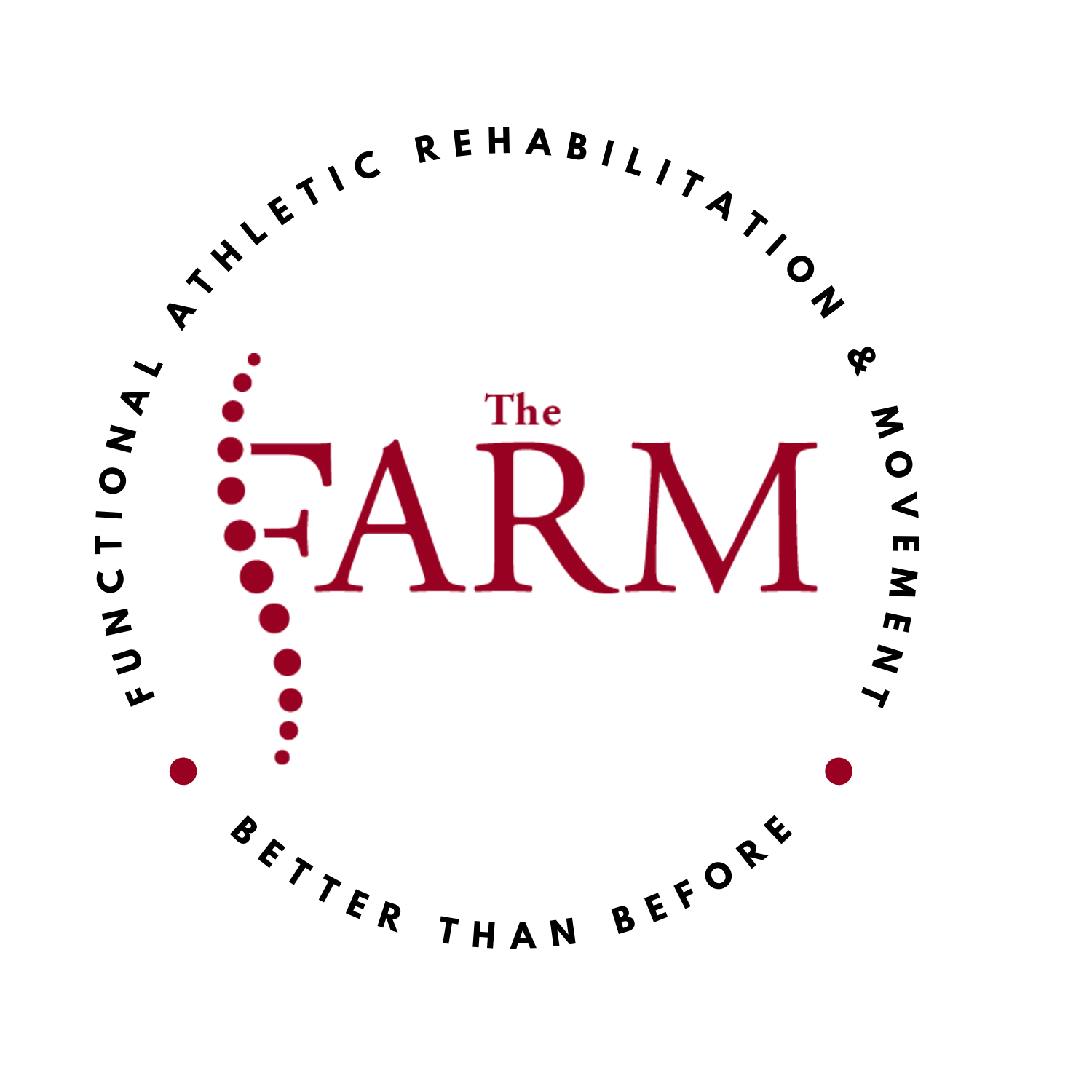Scorpion Lunge
Struggling with tight hips, limited rotation, or poor movement control? The Scorpion Lunge might just be the mobility drill you didn’t know you needed. In this video, we break down: ✅ What the Scorpion Lunge is ✅ Why it’s a powerful tool for hip mobility, core stability, and rotational control ✅ Step-by-step technique tips (so you don’t butcher it!) ✅ Common mistakes to avoid ✅ Progressions and regressions to fit any skill level Whether you’re an athlete, coach, clinician, or just someone who wants to move better and feel more athletic, this drill belongs in your warm-up or mobility routine.
Today, we're going to be going over the scorpion lunge. This kind of looks like our supernation curtsy or curtsy lunge, something like that. But basically, we're going to use TRX to assist this. Yeah, it's a great lower-body strength and stability drill. Um, when we use something to assist it, you know, we're not just kind of going on our own. We can get a little more eccentric load, get a little deeper into the hip, you don't have a full range of motion, or you just have a little tension. So, it's just a it's a better way to demand more out of the hip for maybe some mobility or end-range gain. So, this is what it's going to look like. So, again, whatever um the non-loaded foot is, this is our scorpion tail. That's why where we get the name. And what we're going to try to do is maintain our body pointing forward. So, this is a big key here that we are going to think that I'm trying to keep my pelvis as parallel to the wall in front of me as I possibly could. And you, you know, how much you hang off this, that's up to you. But now I'm going to try to slide this leg behind me. As you can see, I'm not opening up. So I'm not trying to face this wall. That's going to change the demand on my hip. What I'm going to try to do is send my hip back directly away from the camera on kind of a 34 or 35 to 45 degree angle here. And the goal being that I don't need to tap this back foot. And also play around with how much I need the TRX in this case. We could use rings. We could use a door frame. Um, we could use a lot of different things here. We could use a partner and just playing around with where do I feel this now? If we're feeling a really quad ccentric load, one thing I would suggest is back up and really hang off that TRX and sit back into this hip. So, very similar feel. If you go check out a video called high kneeling sits, which is kind of a DNS high kneeling position drill, we want to feel that same thing that we're getting into the back of my hip. I always kind of tell patients it should feel like if you were a GI Joe, we're just going to explode that hip out the back like I did when I was a little kid terrorizing my toys. Switch sides. So again, my scorpion tail now is my left side. I'm trying to keep my pelvis as parallel to the wall in front of me as I can. Load the hip. Extend the back leg. And those are scorpion lunges.
The “Scorpion Lunge” pattern addresses hip flexor length + glute activation
It’s commonly misused by athletes who lean too far forward or don’t rotate enough
Ideal warm-up for rotational sports: combines hip extension + thoracic rotation
When to avoid or modify: acute low-back pain, severe hip impingement
Progressions: bodyweight → weighted lunge → band-assisted version
About Dr. Beau Beard: Dr. Beau Beard is a chiropractic physician and diagnostician at The FARM: Functional Athletic Rehabilitation & Movement. He specializes in complex musculoskeletal diagnosis and movement-based rehab.

